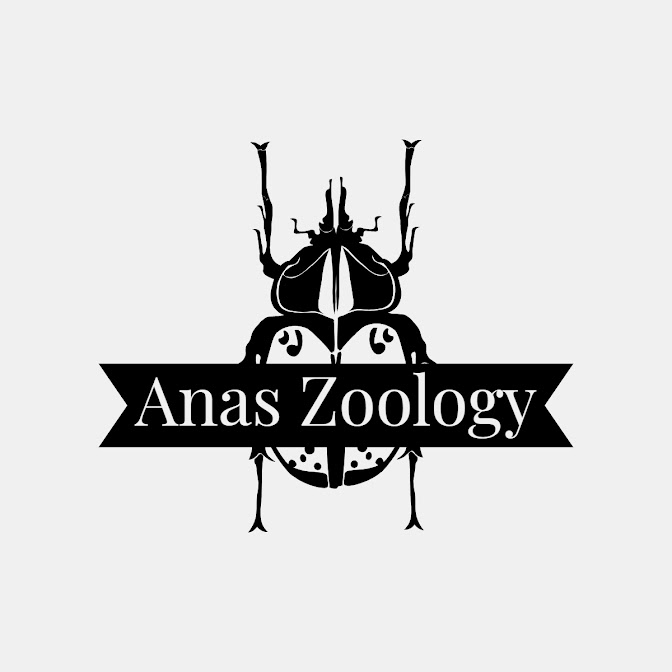How many types of Peafowl are there in the world ?

(Image Source: https://en.wikipedia.org/wiki/Peafowl ) First let us understand the terms peacock, peahen and peafowl. Peacock and Peahen are collectively known as peafowl. This means peafowl can be used to address either a male or a female. Peacock is the male peafowl. Peahen is the female peafowl. There are 3 types of Peafowls in the world and they are: Indian Peafowl Green Peafowl Congo Peafowl (Image Source: https://www.animalspot.net/peafowl ) 1) Indian Peafowl: It is a peafowl species native to the Indian Subcontinent. Sexual dimorphism is seen. Peacocks are brightly colored while peahens have a dull color. Peacocks are iridescent bluish-green in color while peahens are dull brownish-green in color. The most remarkable difference between the two is the tail feathers. Peacocks have long tail feathers while tail feathers of peahens are short. Indian Peacock (Image Source: https://en.wikipedia.org/wiki/Indian_peafowl#/media/File:Peacock,_East_Park,_...



